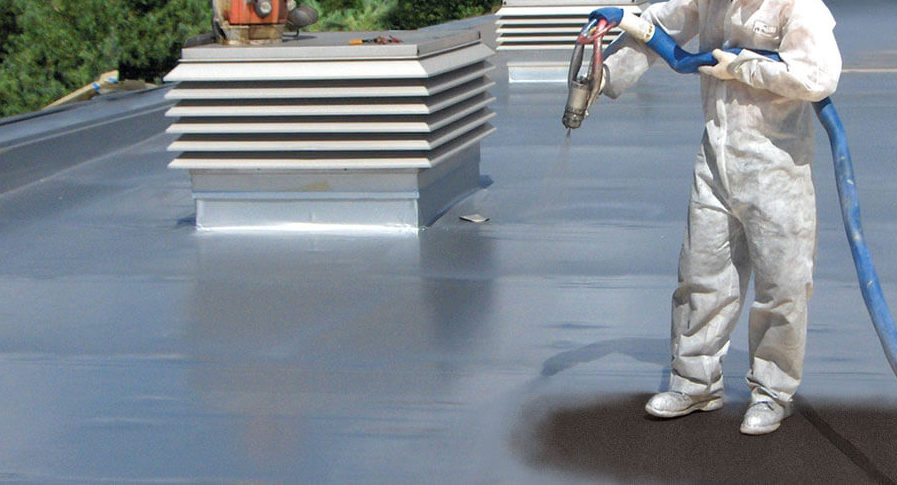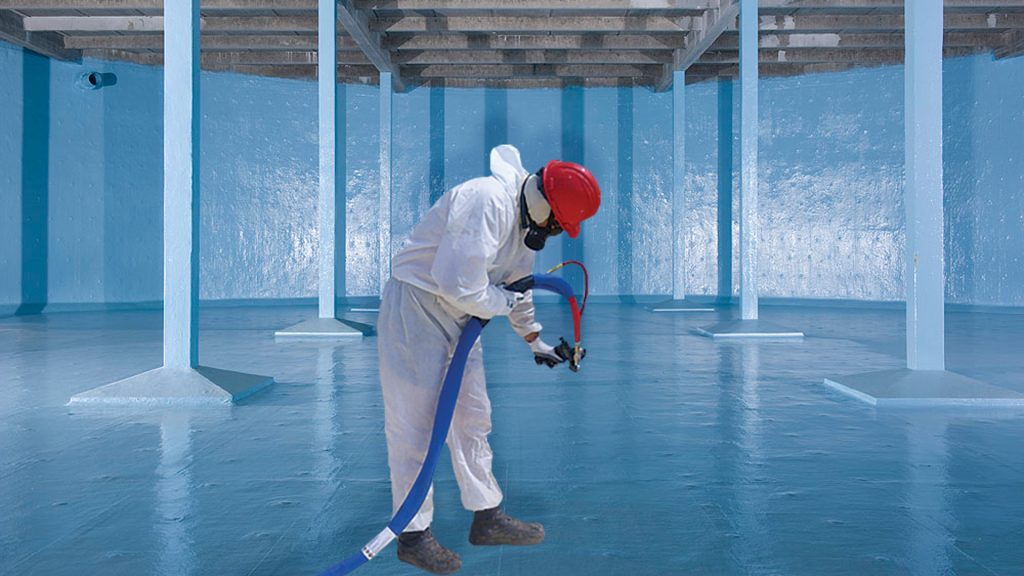HOW INVESTING IN PROFESSIONAL PROTECTIVE COATINGS CAN LEAD TO savings OVER TIME
When it comes to safeguarding your assets and investments, opting for coatings proves to be a wise choice. Despite the cost compared to other protection methods, professional protective coatings offer enhanced durability and prove to be more cost-efficient in the long term.
One of the advantages of protective coatings lies in the level of security they provide. These specialized coatings are crafted to shield surfaces from wear and tear along with factors like UV rays, moisture and extreme temperatures. Maintained coatings can endure for up to two decades, depending on the type used and application conditions. This superior protection can prolong the lifespan of your assets, reducing the frequency of replacements or repairs needed.
Beyond safeguarding professional protective coatings also deliver a plethora of advantages. These coatings can be tailored to colors and textures allowing you to achieve your desired appeal for your assets. Additionally, they create an appearance, throughout your property enhancing its attractiveness and presentation.
Lastly, choosing coatings is also an environmentally conscious decision.
Many coatings are designed to be energy efficient, helping to lower energy bills by minimizing the heat absorbed by buildings. Some coatings are even crafted from materials that contribute to waste reduction.
Overall, opting for coatings proves to be a wise choice for safeguarding your assets and properties. Despite the investment, these coatings offer increased durability and cost efficiency in the long term, along with various aesthetic and environmental advantages.
THE ADVANTAGES OF CHOOSING PROFESSIONAL PROTECTIVE COATINGS
Protective coatings encompass chemicals applied on surfaces to shield them from damage and deterioration. They are commonly utilized on metals, concrete, wood and plastics. Professional protective coatings play a role in safeguarding surfaces against corrosion, extreme temperatures, UV radiation and other environmental elements. Moreover, they enhance surface appearance. Prolong their lifespan.
Investing in coatings brings forth numerous benefits. Primarily, these coatings extend the longevity of surfaces by forming a shield that minimizes corrosion and wear rates. This proactive approach can lead to cost savings for property owners over time by reducing maintenance needs and repair expenses.
Secondly, applying coatings can enhance the look of a surface by giving metals a finish or plastics a smooth appearance. This is especially helpful for businesses aiming to make an impression. Moreover, these coatings can be used to create designs that add to their visual appeal.
Next, protective coatings serve as a shield against elements such as UV rays, extreme temperatures, and other factors. They prevent surface damage and wear.
Lastly, professional protective coatings contribute to surface safety by offering slip properties that reduce the risk of accidents like slips and falls. Additionally, they provide insulation that helps minimize the chances of shock.
PROFESSIONAL PROTECTIVE COATINGS CAN ENHANCE THE LONGEVITY OF YOUR ASSETS
Utilizing coatings proves to be a valuable method in prolonging the lifespan of your assets. These coatings act as a shield, safeguarding your assets from wear and tear well as extreme temperatures and adverse environmental conditions.
Typically, professional protective coatings are applied through a two-step procedure. The initial step involves preparing the assets surface by eliminating any dirt, dust or debris present. Subsequently, the protective coating is applied strategically to offer defense against factors. Depending on the nature of the asset, a suitable coating is chosen to shield it from corrosion, abrasion, chemicals, and various forms of damage.
The advantages of employing coatings are manifold. They contribute to heightened durability and extended longevity by adding a layer of defense that shields the asset from deterioration. This proactive measure can significantly elongate the asset’s lifespan while diminishing the necessity for repairs or replacements.
Moreover, these protective coatings play a role in preserving the asset’s appeal over time.
Protective coatings play a role in shielding assets from the damaging effects of sunlight, rain and other environmental factors that can lead to fading and discoloration. This helps in maintaining the appearance of the asset foperiod and riod, making upkeep and preservation easier.
Utilizing coatings is an efficient method to enhance the longevity of your assets. These coatings act as an added layer of defense, ensuring that your assets retain their look for a period of time while safeguarding them against deterioration. Moreover minimizes the need for repairs and replacements, proving to be an investment for any business.
THE LONG-TERM FINANCIAL BENEFITS OF PROFESSIONAL PROTECTIVE COATINGS
Coatings are essential for safeguarding structures, equipment and various assets while prolonging their lifespan. Employing coatings can result in considerable cost savings over time. By extending asset life, these coatings reduce expenses related to repairs and replacements.
Though the initial expense of coatings may seem higher compared to alternative options, the long-term savings are substantial. The financial advantages of protective coatings manifest in two ways: reduced maintenance costs and diminished expenses related to asset replacement.
The expense of upkeep can decrease with the application of expert protective coatings. These coatings act as a shield, safeguarding structures from factors like corrosion wear and tear, and UV radiation. This protective barrier helps assets endure elements, reducing the likelihood of damage and costly repairs.
Additionally, utilizing coatings can notably lower the cost of replacing assets. By prolonging the lifespan of an asset, the need for replacements diminishes. This proactive approach can lead to savings in the long term since replacing an asset is typically more expensive than maintaining it.
In essence, opting for protective coatings results in cost savings over time. While the initial investment may be higher compared to options, the long-term benefits are substantial. By shielding assets from harm and extending their longevity, these coatings reduce expenses associated with repairs. Replacements significantly across time.
THE ECONOMICAL ADVANTAGES OF EXPERT PROTECTIVE COATINGS: A DETAILED MANUAL
Employing expert protective coatings is crucial for preserving structures and surfaces in a resilient state.
The cost-effectiveness of these coatings can vary depending on the application and surroundings. This detailed guide delves into the factors that play a role in determining the cost-effectiveness of coatings.
One crucial aspect to assess when gauging the cost-effectiveness of coatings is the material being protected. Different materials necessitate coatings, each with its own price tag. For instance, steel is commonly treated with zinc or aluminum for corrosion resistance, while concrete might call for an epoxy coating or a waterproof sealant.
Another key consideration is the conditions under which the protective coating will operate. If the structure or surface faces temperatures, corrosive substances or similar elements, pricier coatings may be essential to ensure protection.
The duration for which protection is required also plays a role. Some coatings offer lasting protection, while others need frequent reapplication. This factor directly impacts cost effectiveness, as frequent reapplications mean expenses.
Additionally, it’s important to account for the availability of the coating. If a particular type of coating isn’t locally accessible, acquiring it from a supplier could lead to added costs.
In considering the cost-effectiveness of a coating, it’s important to factor in the installation process. Certain coatings may need installation, whereas others can be applied without tools.
By considering these aspects, one can evaluate the cost-effectiveness of protective coatings. This guide offers a summary of the elements influencing this evaluation and can assist in selecting the most economical choice for any specific use case.




